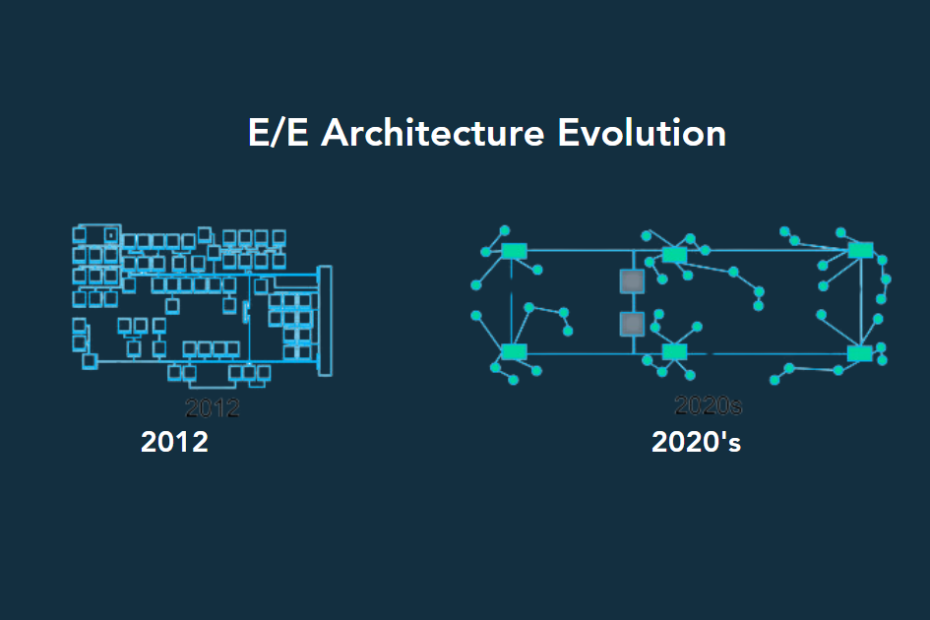By Bolaji Ojo
What’s at stake:
Taiwan’s political and business leaders adopted the Silicon Shield as a concept that would protect the island from geopolitical interference. Supply shortages and the renewed interest in localized chip production globally exposed the weakness of the Silicon Shield. Industry executives wary about restrictions on global collaborations are floating the idea of a Silicon Alliance of friendly nations. That concept, too, may fall victim to the landmine of national interests.
Did the global semiconductor industry jump from the frying pan into the fire?
This question is being raised as observers contemplate the expansive involvement of national and regional governments in the semiconductor value chain and the impact on the chip market’s traditional R&D, sales and operating structures.
Global collaboration, a fundamental pillar and growth driver for the semiconductor industry, is seen as coming under threat with governments and regional bodies trying to insulate their supply chains against geo-political threats and other instabilities, including economic dangers arising from uncontrollable shortages.
At industry events, chip executives are expressing reservations about the actions of national governments that they believe have imposed severe restrictions on collaboration activities in the areas of R&D, product exports, other procurement activities, manufacturing, foreign employment, IP and advanced production equipment.
While governments have always been involved in the semiconductor business, observers said they have assumed a more aggressive posture since the end of the Covid-19 pandemic. Somewhere in the rush to insulate their supply chains against shortages and manufacturing instabilities, the world’s leading economies have taken actions and made pronunciations that executives believe threaten to jeopardize the industry’s long-term health.
Read More »Can Silicon Alliance Survive What Broke Taiwan’s Silicon Shield? 








